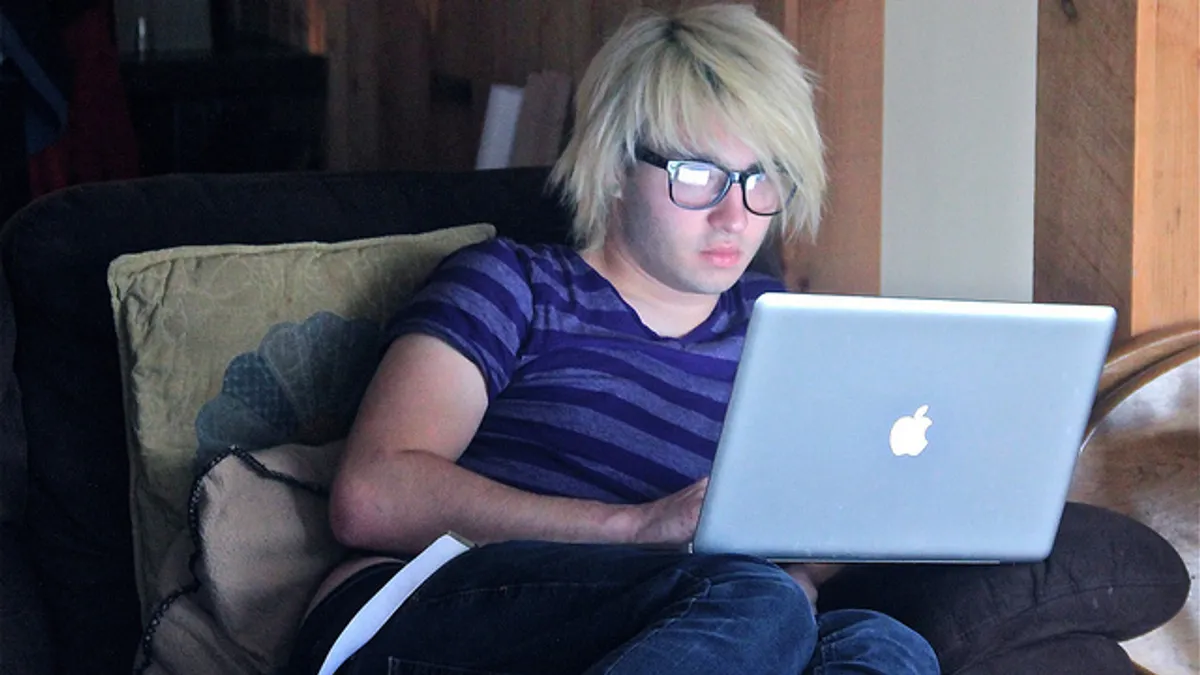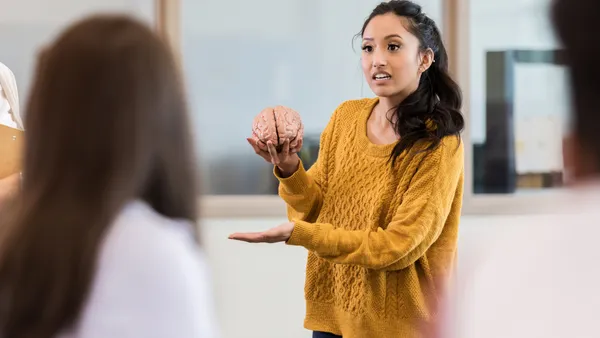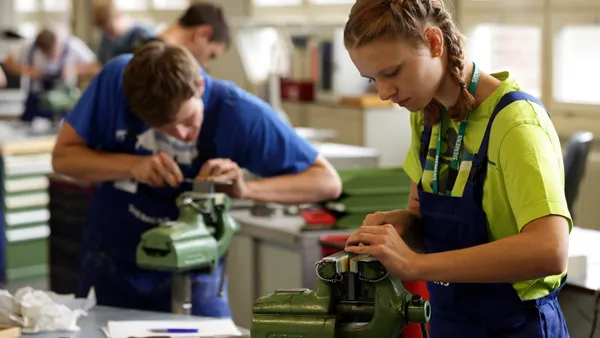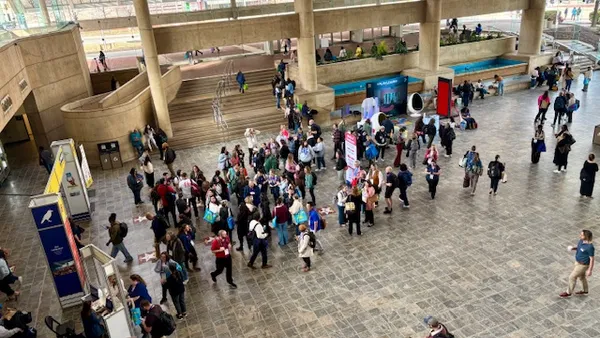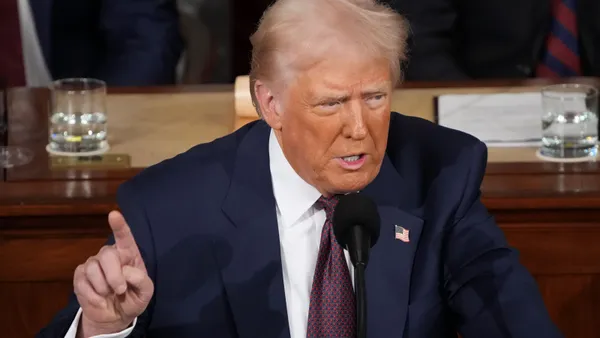Dive Brief:
- It can be difficult for classroom teachers to find time to reflect on the school day, high school engineering teacher John Kamal writes for Edutopia. But making small changes, like recording notes and details daily, can help educators take a more holistic view not just on each lesson, but on the school year overall.
- To help them stick to these goals, educators should make data collection as simple as possible. Notes should be jotted down quickly or recorded via a voice recording option on a smartphone, students can be asked to complete surveys, and peer educators can be tapped to write down their observations of classroom activities.
- These notes can then be revisited once the school year has ended, so educators review and consider what may need changing for the next school year.
Dive Insight:
As students head back to school this fall following a spring disrupted by the coronavirus pandemic, educators are eager to improve upon their experiences with the quick transition to remote learning. By embracing reflective practice, educators can better position themselves to pivot when emergency scenarios arise, using a deeper understanding of what has or hasn't worked face-to-face in their efforts to improve digital lessons.
Reflective practice can also help better identify the pros and cons of tools used in the spring to encourage, for example, the adoption of more flexible digital learning tools flexible enough for schools to adapt to a remote environment again, should they need to move quickly back to that model.
Learning how to shift all subjects into a remote environment has presented many challenges, but an area where some teachers able to excel was looking to what students may have on hand in their homes to complete virtual assignments, particularly in the arts. Since art and music classes often rely on physical materials and instruments, educators in some districts have adapted projects by utilizing objects easily found at home.
Students, for example, could mine their backyard for flowers and weeds, and then conduct a botany lesson, dissecting plants for a science class, a suggestion from the University of Florida’s Department of Agricultural Education and Communication. Unesco, the United Nations Educational, Scientific and Cultural Organization, has even more virtual learning suggestions in an online database of reading comprehension tools and coding classes.
Educators may also want to look at tools used in classrooms. Students have used virtual and augmented reality in computer science classes, for example. Inexpensive cardboard virtual reality headsets have been tapped by teachers to take students on virtual field trips, allowing them to explore the North Pole or tour the Guggenheim Museum in New York City for classes as wide-ranging as English language arts to science. These headsets can be found online, some for less than $10.
With the new school year looking to be a hybrid of online and in-person learning, at least at the start, educators and curriculum directors can fold virtual learning tools into their curriculum, knowing they can fit into a classroom learning space, and one at home as well.


